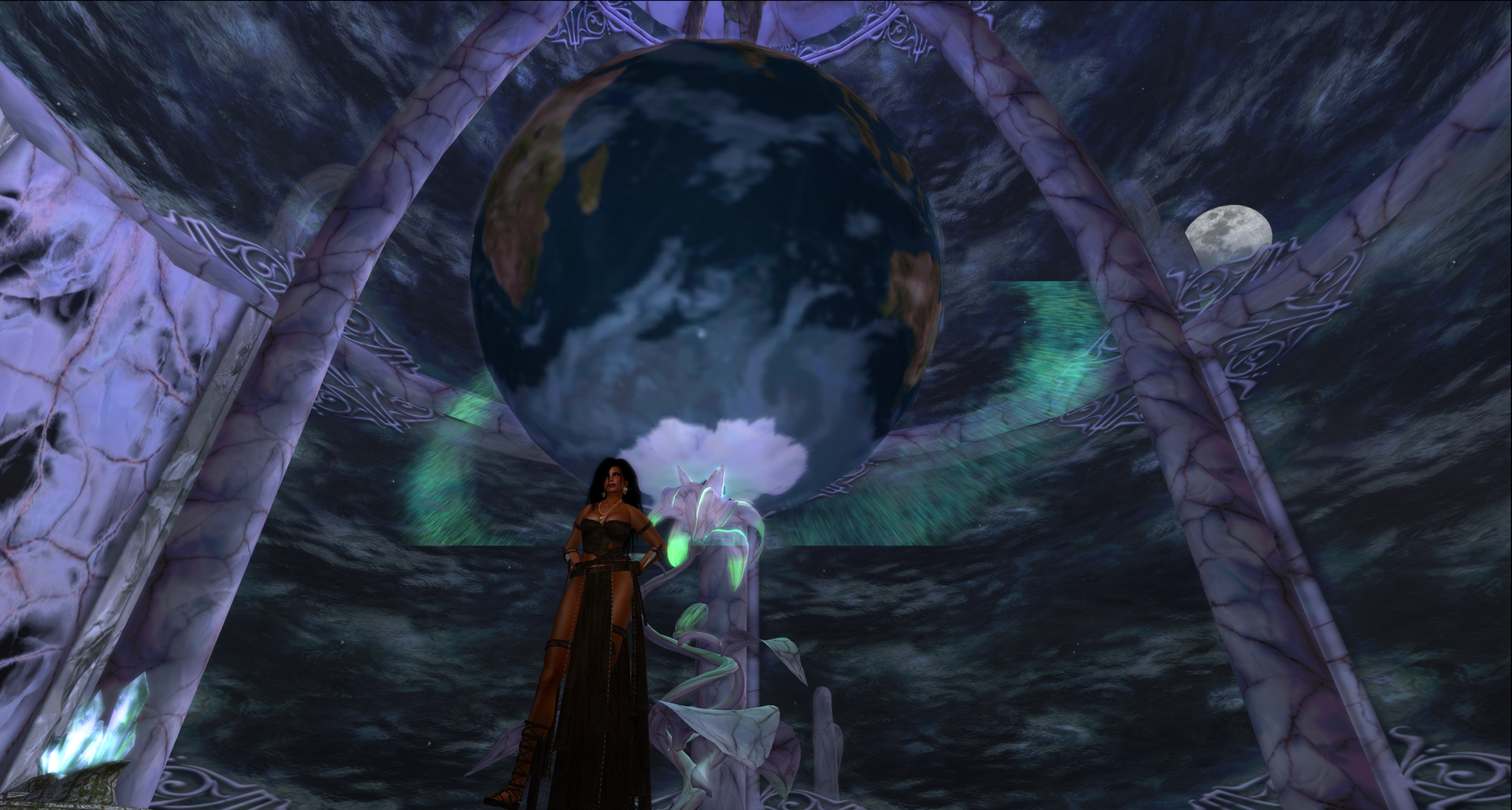Dancing with the rhythm of the moon
/Last night was the full moon. You could see this by stepping outside if it was a clear night where you are. You could find out about it by consulting a lunar calendar. My post unfortunately didn't give you a heads up this time because of a technical glitch, though I usually send emails before the new and full moons.
I started timing my blogs by the moon because that was about as frequent as I could manage a couple of posts, but also because I had set a little internal goal. I wanted to learn to live and work in harmony with the phases of the moon. And the first challenge in that was to be aware of the moon phase at all times.
Being in tune with nature—the seasons, the moon, the rhythms of life—is hard for anyone in our modern society where a lot of workplaces and even homes are pretty cut off from the natural environment. If you have to spend a good part of your life in a closed, climate-controlled space, even the seasons can get to be bewildering.
Creative Commons image by B K of Flickr.com
I live pretty close to the land, growing a lot of my own food, so I feel very in touch with the seasons and the rhythms of the earth under my feet. But I’m mostly blind and I can only very roughly see the moon when it is big in the sky. Yet I felt strongly called to harmonize my rhythm to the moon.
Finally, I can say that I have succeeded. For at least a year now, I have been aware of the moon phases and it has become second nature for me to time cycles of increase and decrease by the waxing and waning of the moon.
The blogs have helped. It is one thing to decide to do something yourself, but even though only a few readers have told me they use my emails to keep track of moon phases, it’s still a commitment I made to others, not just to myself. And that makes it easier to keep.
But I did also make commitments to myself. I consult a moon calendar every morning during my spiritual practice and mark the different phases of the moon with different colored candles. The colors really help me. I have always found it ironic that as a visually impaired person, I have such a visually oriented mind. Not everyone does and for each person the cues that work best are likely to be different. Part of getting to know one’s self is figuring out what works for you both aesthetically and as practical cues.
What I learned from this experience is that it can be done. Even in the midst of a hectic life and amid the modern world, in a place where the sky is overcast a lot of the time, I have come into rhythm with the moon by my own decision. I plant and harvest my garden (mostly) according to moon phases. I plan major cleaning for the dark of the moon, new projects for the new moon and celebrations near the full moon without it being an added stress.
And I like it. It feels right. I am no longer surprised by the slump in physical energy I feel during the waning moon. It is something I can just take into account and the exuberant energy of the waxing moon is also there to be harnessed.
If you’re interested in attuning to the rhythm of the moon that has such a dramatic affect on our hormones and on the bodies of water on earth, it is well worth the effort. For me, it took persistence over a year and a regular routine, not perfect but regular. It took having a daily reminder of the moon phase which I enjoy—the colored candles. And it helped that I had something I shared with others that is also connected to the rhythm of the moon.
If you have a regular gathering of friends, timing it to the full moon would be an excellent way to keep connected. But any event, even if it is only something you do by yourself—a regular, luxurious bath at the dark of the moon, for example, would help. Having different decorations or scents or sounds associated with the different moon phases would also help.
Being aware of and thus able to take full advantage of the different energies of the moon phases is one benefit. Most people have greater physical energy during the waxing of the moon. Many people feel more upbeat during the full moon, although it notoriously causes some people to go into crisis, as any good street cop or ER nurse knows.
The waning moon may seem to sap physical energy, but it is often a good time for studying or other pursuits that require being quiet and sitting still, which might be hard at more hectic times. The dark of the moon is particularly good for introspection and getting rid of unwanted influences.
Giving up an unwanted habit will be just that much easier when the moon is at the end of its cycle. Starting something new will be a tad easier when the moon is new.
So, at this full moon, celebrate a little if you can. Let yourself be full of whatever goodness there is in your life.































